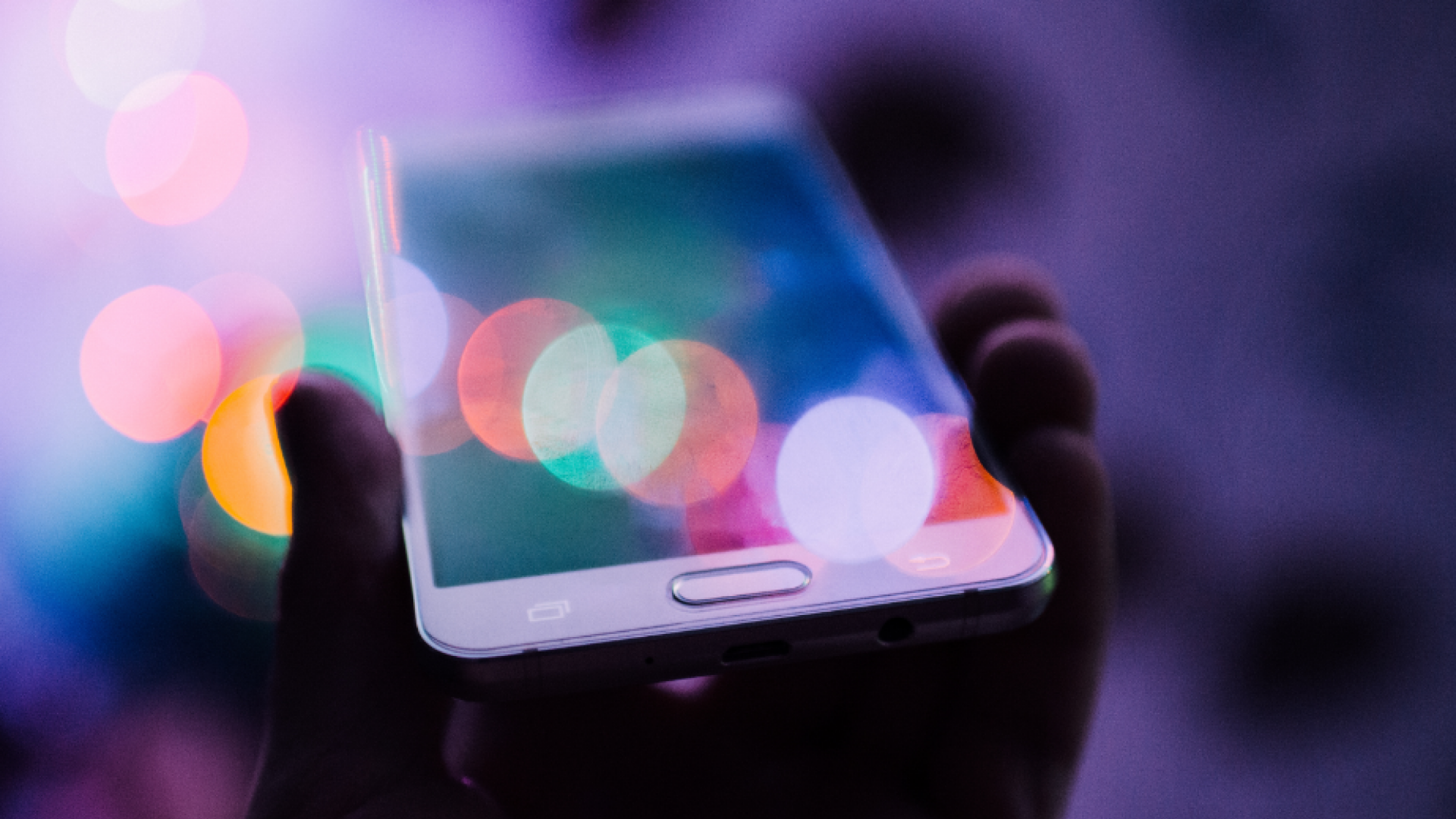The world of charity apps is constantly changing. An increasing number of charities are using them to fundraise, provide services, or connect with supporters, and we know more now about the challenges and strengths of the technology. Last year, the release of a JustGiving app was a huge development for digital fundraising and, in a sign of the sheer speed of change, the company is already working on a second app which works with contactless payment systems. For 2017, it looks like Oxfam are leading the way with an exciting new approach.
The MyOxfam app was launched at the beginning of the month and has been described as a ‘revolutionary’ attempt to give supporters more control over their donations, and in the long term, to improve trust by focusing on transparency. The app seems to have been well received by early users (although whether the enthusiastic groups reviewing in app stores represent the average Oxfam donor is questionable.)
The MyOxfam app features access to your preferred contact settings, a ‘giving wheel’ which you use to ‘dial up or down’ regular donations and a link for making single donations. It provides notifications of when items you’ve given to Oxfam shops have sold, access to an online charity shop, and an overview of your giving history. The app aims to provide more transparency about Oxfam’s work via videos and messages from Oxfam workers in the field, who tell you more about the impact your contribution has made. You can also choose to receive live information about humanitarian crises and in-the-moment updates about Oxfam’s work. Crucially, every one of these features provides clear options to opt in or out, giving users total control.
Since its release, a Third Sector article has challenged some key aspects of the app. The article questions how many people will actually download it considering the limited space on most smartphones, and questions whether people will stay engaged even if they download, noting that less than 25% of people return to an app more than once after downloading. They also question if the app is trying to do too much at once. A lot of the critique in the article makes sense. Phone apps are expensive to develop and maintain, and as tech developers across all sectors know, it’s incredibly hard to match your product to the way people use their phones on a daily basis.
Despite these challenges I would still argue that the MyOxfam app represents a great step forward in the way charities are adapting to new technology. One of the primary reasons for this is its focus on transparency. Our research has shown how strongly the public are calling for control and transparency from charities and this app has clearly prioritised giving donors this control. At a time when I can move money between different bank accounts on the tube or pay my flatmates back for a bill while waiting for the kettle to boil, being able to access and control my donations in the same way is crucial. Whilst it is possible that Oxfam will only convert a minority of its regular supporters to the app, these are likely some of the most engaged, valuable donors, and keeping them happy should be a priority. Whether this engagement is enough to justify the cost of upkeep of the app will be seen in the coming year, and as regulations on fundraising take form, these features may need to adapt. But this app provides a strong groundwork of putting donors first.
The fact that people may not be using the app regularly also isn’t as damning as Third Sector suggest. There are other types of apps, fitness or budgeting apps for example, which need these regular interactions to work. Instead, in this case the multiple purposes and platforms of the MyOxfam app are a real positive. Some donors will choose to engage with regular updates on Oxfam’s work and will be frequently adapting their donation(s) in response. Others may only be interacting with the app when a humanitarian crisis strikes, or Oxfam makes a real-world request, after which these groups have a direct way of connecting with the charity, and of making an on the spot donation on their phone.
One doubt I do have about the usability of the app is that, due to smartphone regulations, there isn’t a way to make a donation through the app itself; instead, a button directs users to a donation webpage. Our research has shown just how impatient the public are on their phones, with 43% of respondents stating that they would give up on donating online or by their phones if it took more than 5 minutes. Although these regulations are out of Oxfam’s hands, it’s vital that the donation process is as streamlined as possible if they are going to make the most of this engagement.
It’s clear that a huge amount of thought and investment has gone into the MyOxfam app and it really pays off. Mobile apps are not going to be an easy fundraising solution for every, or any, charity and the brand strength of Oxfam may make the biggest difference to the app’s success. But there are lessons all charities should take from this development. Firstly, it’s crucial that charities adapt technologies for their audiences and allow for the differences within those audiences. There is no one size fits all in this arena, and as digital technology becomes closer to universal, we must all work harder to make sure all groups are considered in design. Secondly, authenticity should be at the center of your interactions. Providing easy and accessible ways of interacting with your charity is vital for the demanding digital audience, but grounding all fundraising decisions, whether technological or otherwise, in transparency and control will help your charity in the challenging years to come.

